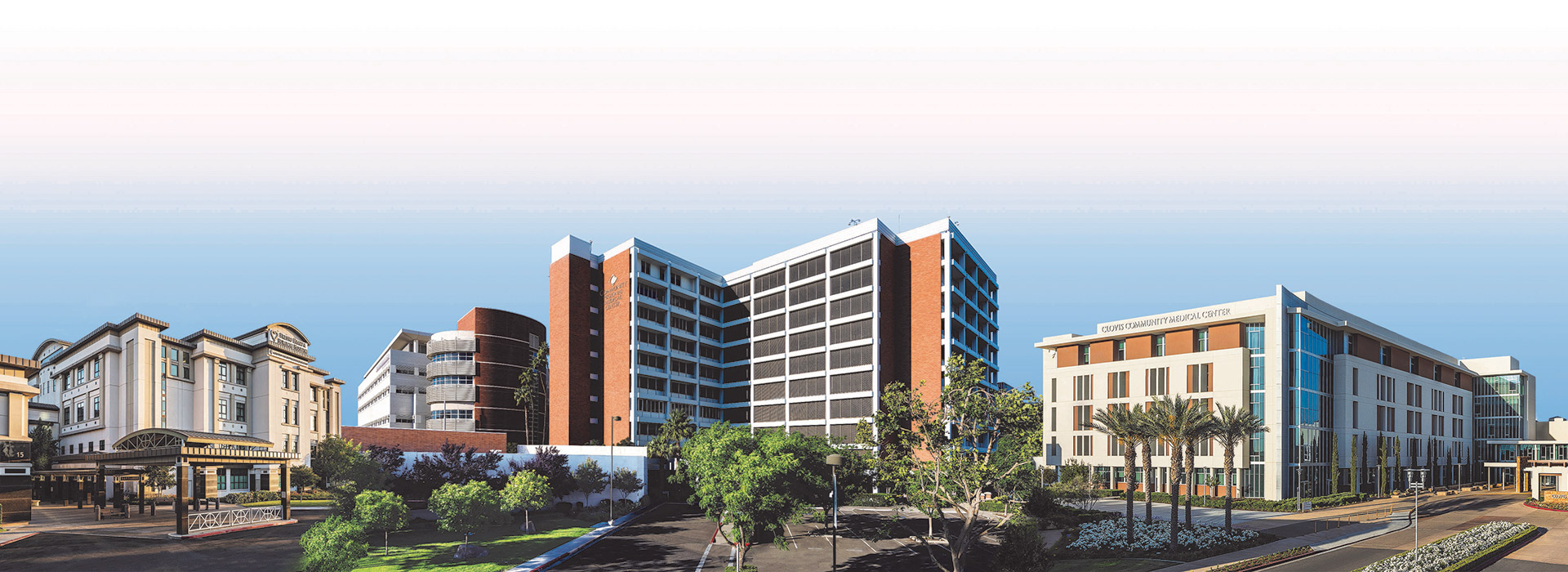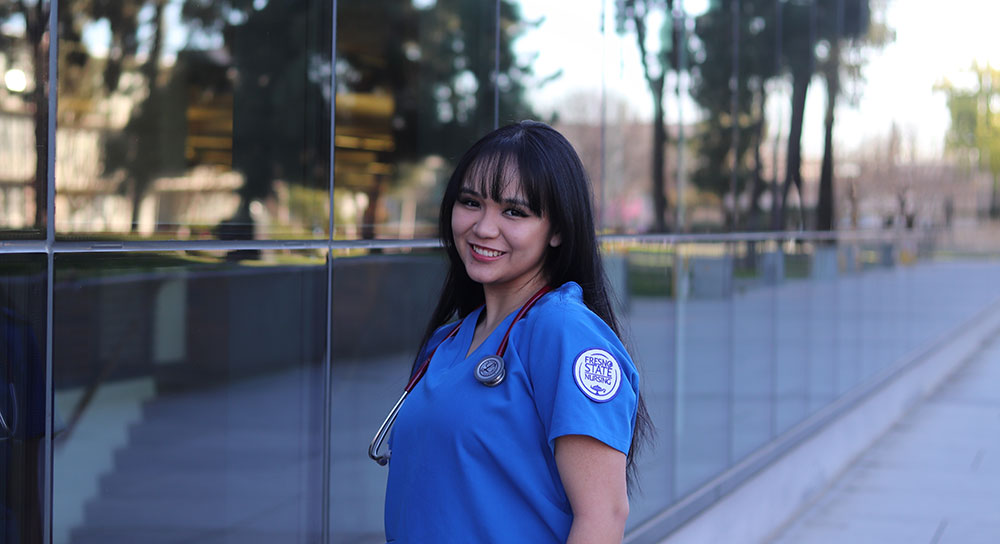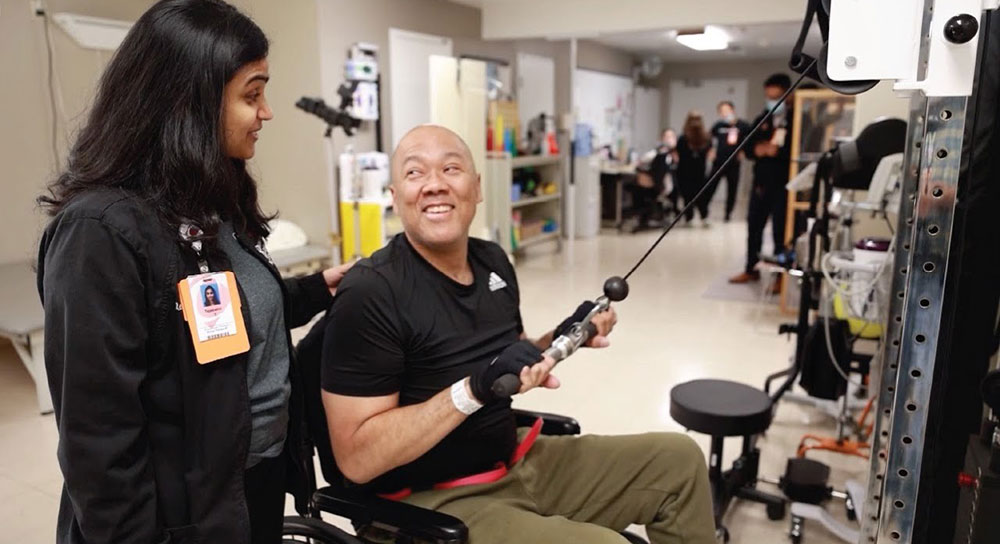Layered like a mummy. Tucked into darkness. Awash in fumes of fuel and gusts of heated air.
Welcome to the belly of a C-2 Greyhound -- you've been fed to the COD -- "carrier on board delivery." You and 14 others are today's special meal, part of the Navy's Distinguished Visitors program, in this case social media writers, photographers, thought leaders who been invited to overnight aboard the nuclear aircraft carrier USS Abraham Lincoln.
But as the twin-engine COD lifts off from Naval Air Station North Island, Coronado, you are only socializing with yourself, your anxiety heightened and your excitement tempered having just heard news of the deaths of Navy SEALs and other American personnel in Afghanistan.
When F/18s and other aircraft descend onto a carrier, it's often called a "controlled crash," as they measure angles at high speeds and aim their tailhooks for one of four wires strung across the ship.
But when your COD is trapped, it's called an "arrested landing," going from about 105 mph to zero in two seconds. And, a day later when they "cat" -- catapult -- you off, you'll be shot from zero to about 128 mph in three seconds.
And you think of the 4,500 sailors, aviators and others you're going to eat and chat with, and marvel and watch and worry with as well, however briefly. Where does their day take them, how do they deal with separation, if there's something they want to world to know -- the Navy has imposed no limits, other than no flash photography during nightime landing. Sure, it's a time-controlled snapshot but you want to be illuminating.
And so you sit there in the dark, waiting, as you've been warned, for the flight officers in the COD's belly to yell and wave their hands to alert you that the trap is imminent.
In your horse collar, cranial, ear plugs, ear muffs, goggles and spin-buckle, four-strap seatbelt, you're sweating and maybe hyperventilating just a tad, as you head for the gentle violence of a landing atop 4.5 acres of sovereign U.S. territory about 90 nautical miles west of San Diego.
(This is the first in a series of blogs about my 22-hour embarkation about the USS Abraham Lincoln at sea.)





